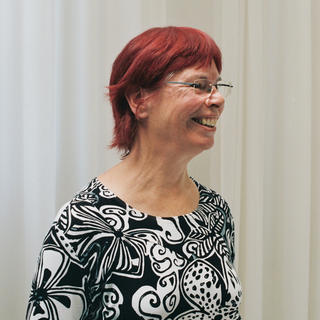Modern Dance Limón
Course with Chris Parker

Chris Parker
Chris Parker successfully completed her dance education at the Folkwang University of the Arts and specialised in Limón technique, one of the most important schools in modern dance. José Limón is among the most distinguished 20th century proponents, establishing a dance technique that infuses a special dynamism into the movement sequences through the introduction of such elements as “fall and recovery”, opening the possibility of quickly establishing a feeling of flow. Chris, originally from the US, concluded her studies on Limón technique with Ruth Currier and Clay Taliaferro and others in New York. Chris has been active as a dancer and choreographer in numerous projects since 1980 and was among the first artists at the “Werkstatt”, tanzhaus nrw’s precursor institution. The 1980s were a seminal era for many dance creatives here because many new dance aesthetics, teaching methods and artistic figures, especially from the US, turned them into a rising decade of change for contemporary dance. “I, for example, was lucky enough to be able to experience Pina in my first years at Folkwang University, and also being asked to participate as a dancer in stage productions by Reinhild Hoffmann and Susanne Linke, two more crucial dance theatre figures, in later years.” Chris also encountered choreographers like Christopher Bruce or Hans Van Manen, recalling in conversation that it was a mark of distinction to be active at the “Werkstatt”, because there, one met various artists from all over the world during an era when this was still absolutely uncommon. Chris still feels close to the house to this day, and her well-founded classes are respectful and clear in their communication, supportive and full of humour. She always sees the individual, concentrating on what is already there but might yet need discovery.


